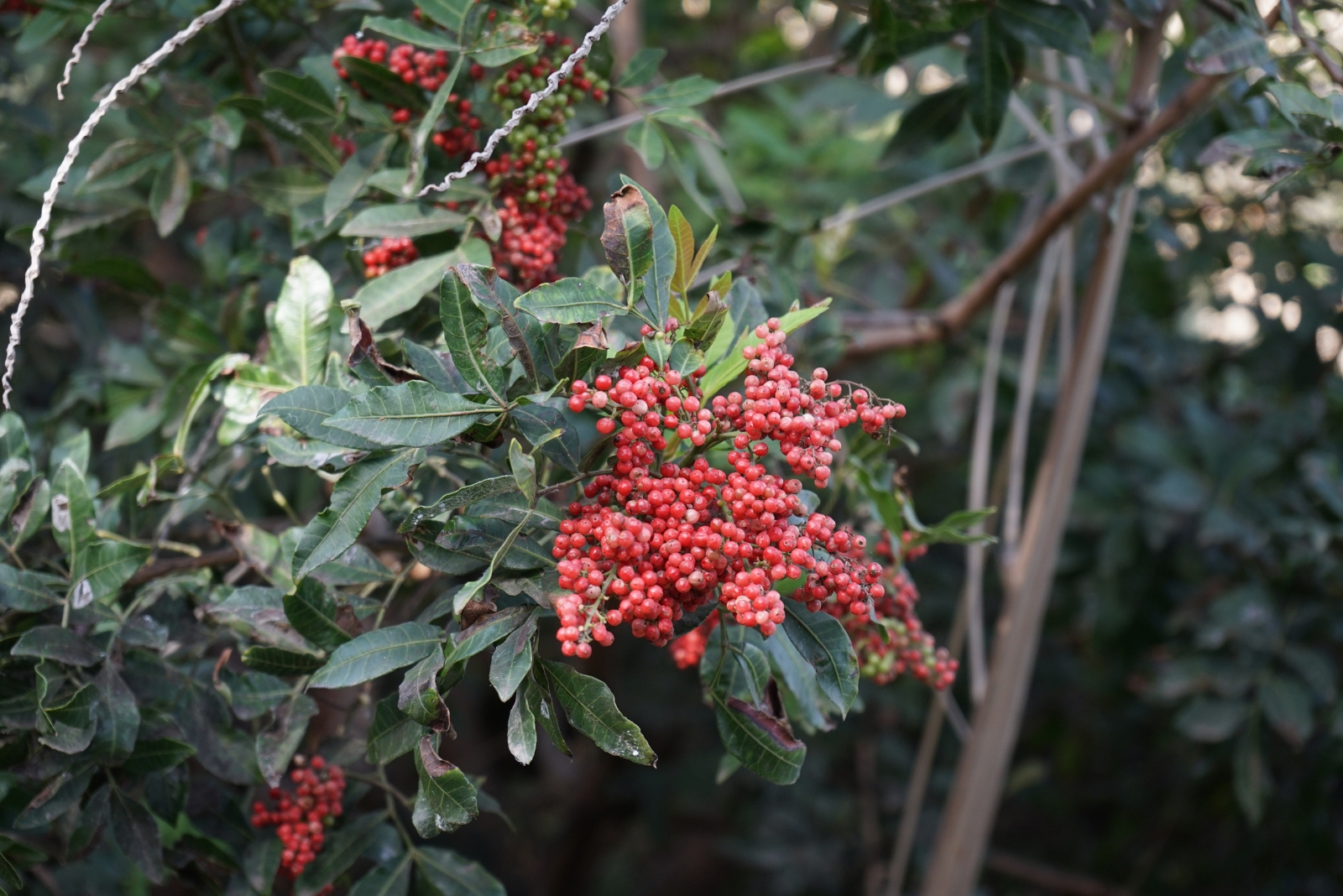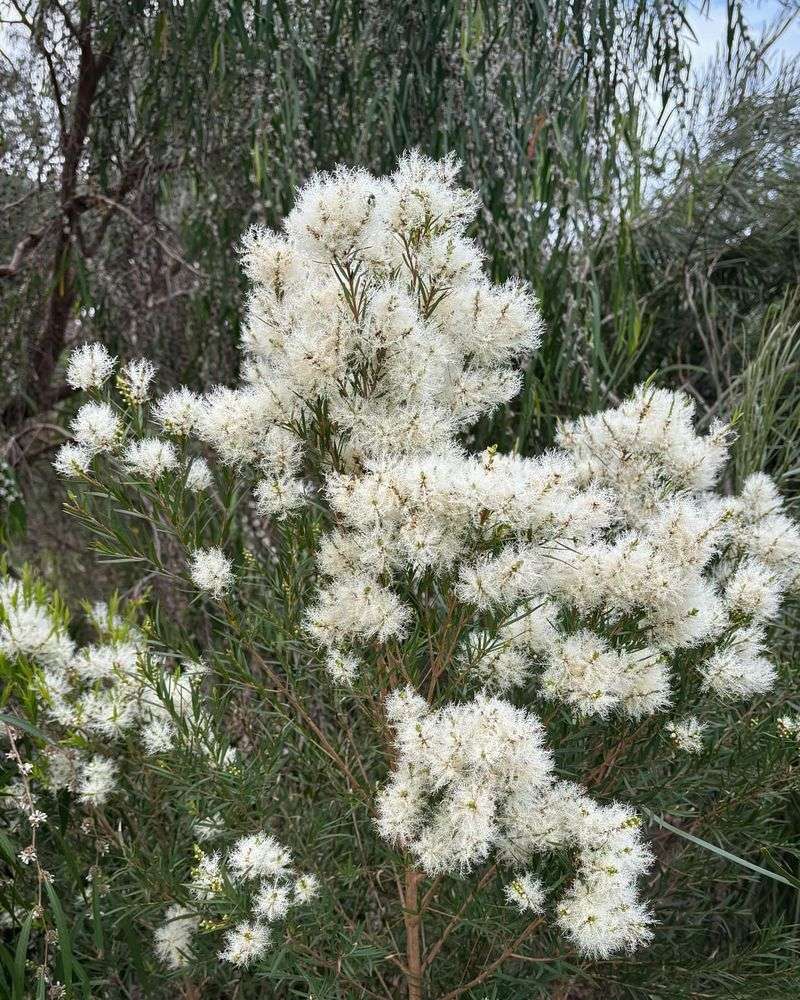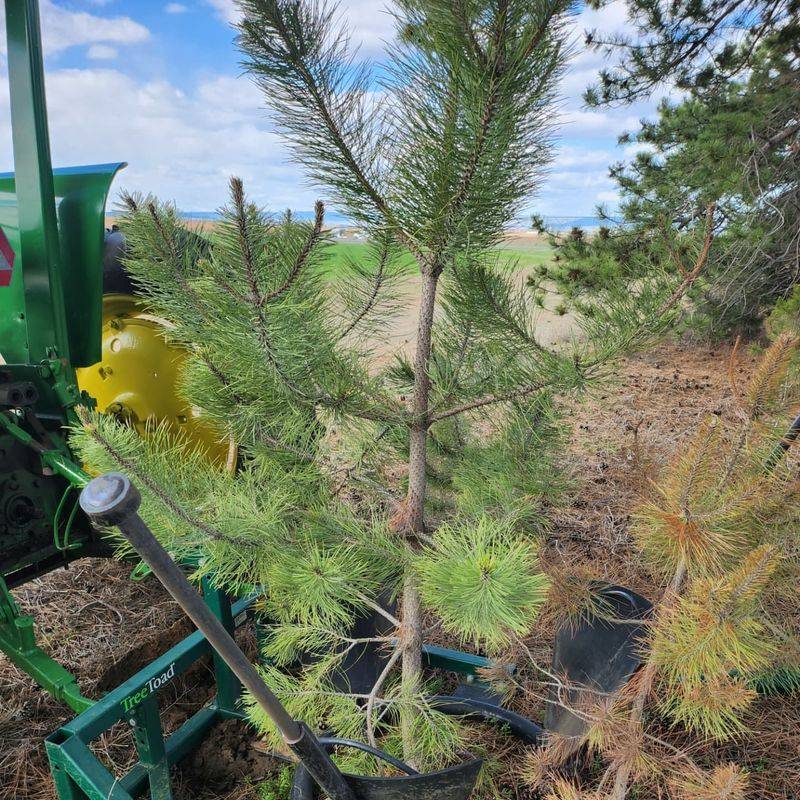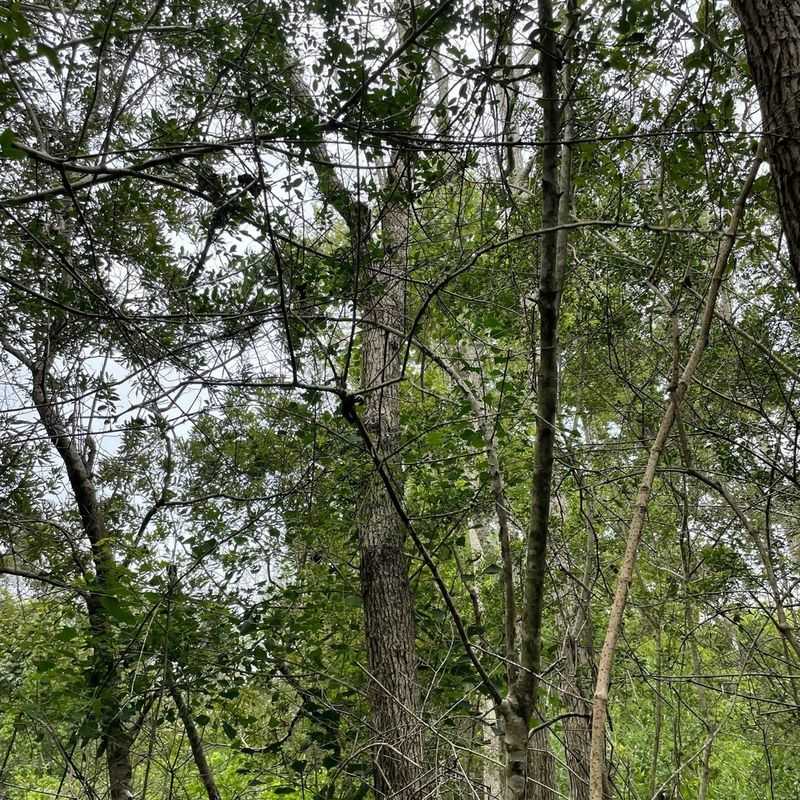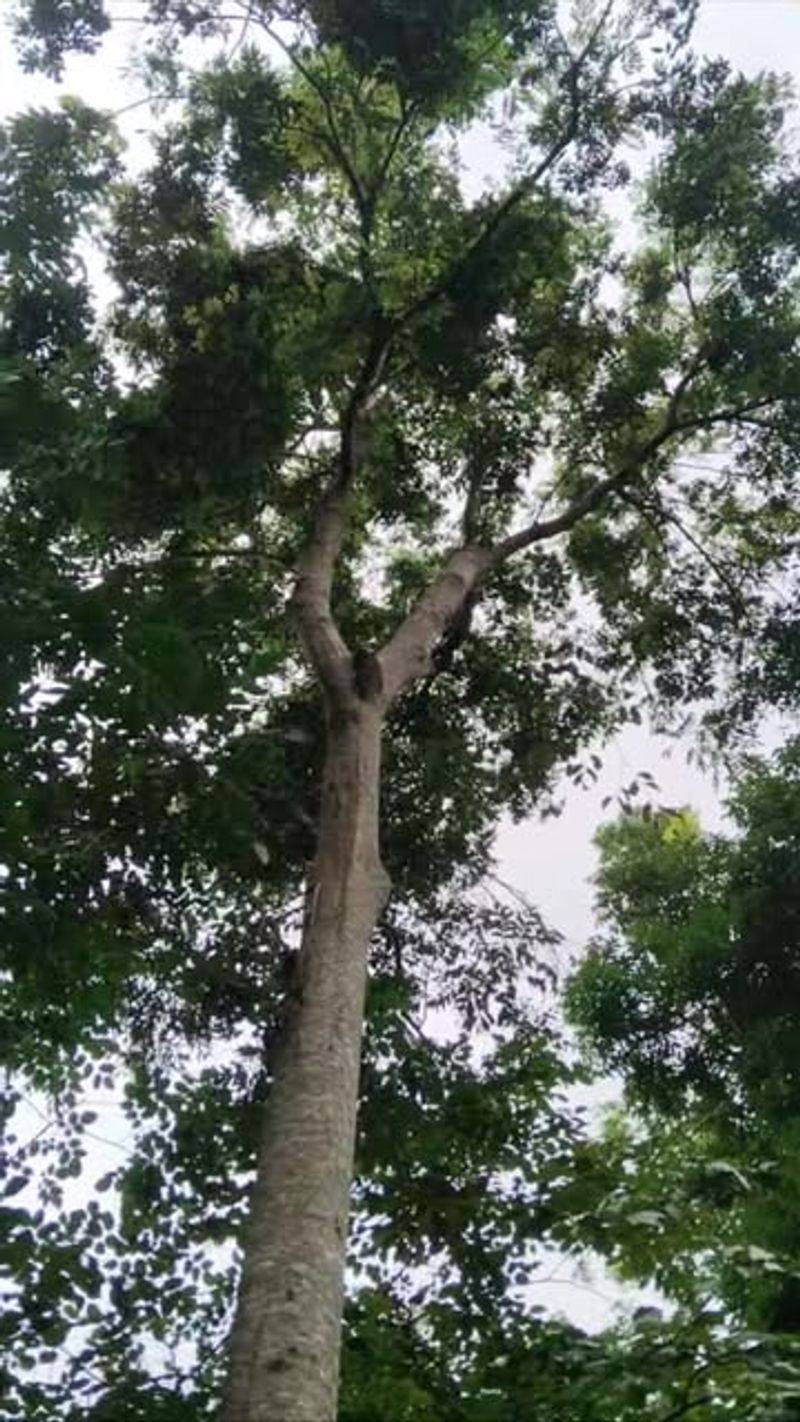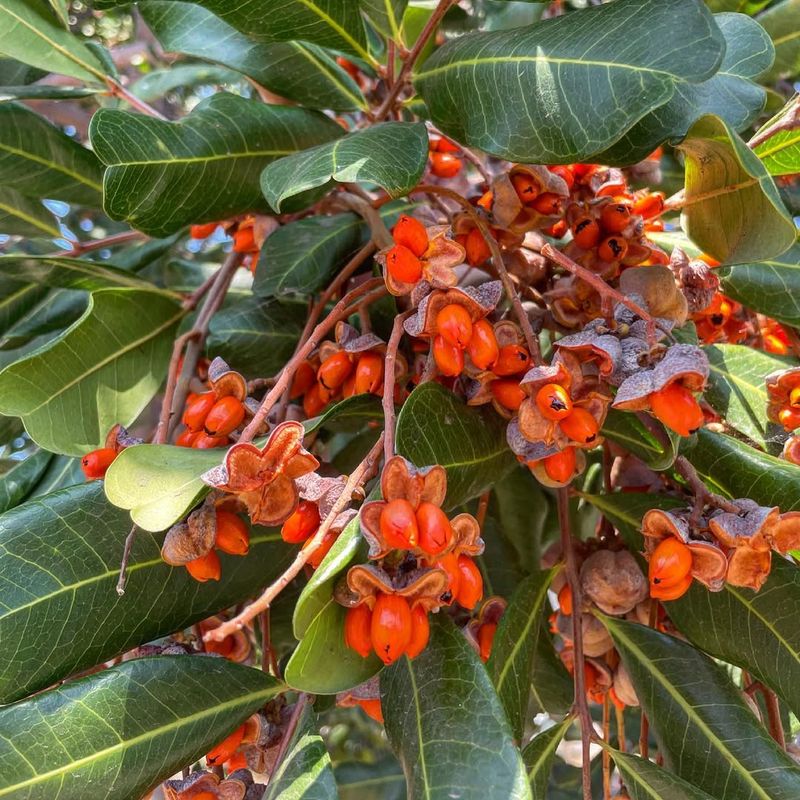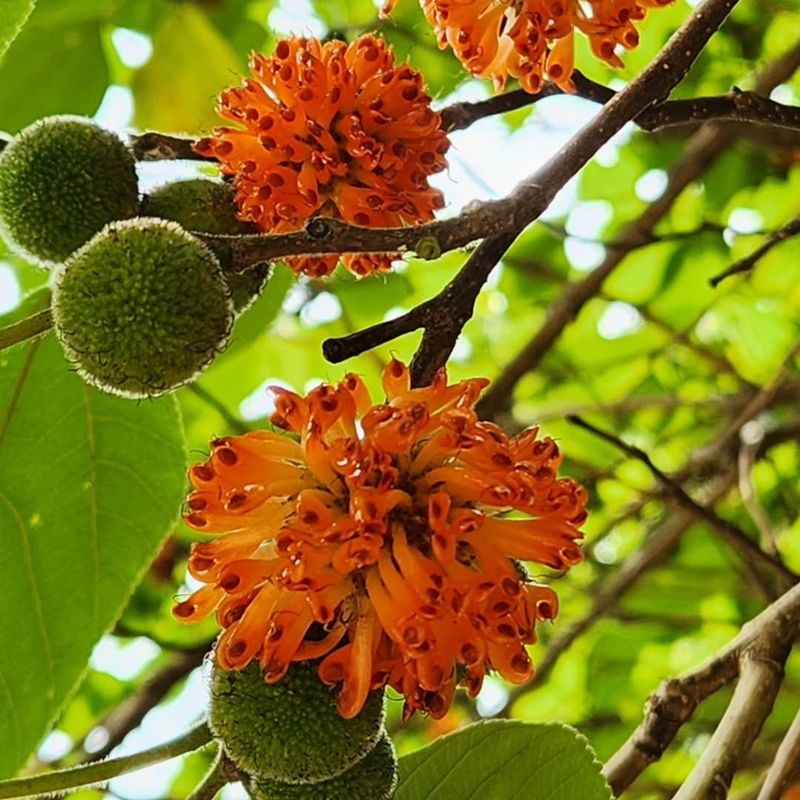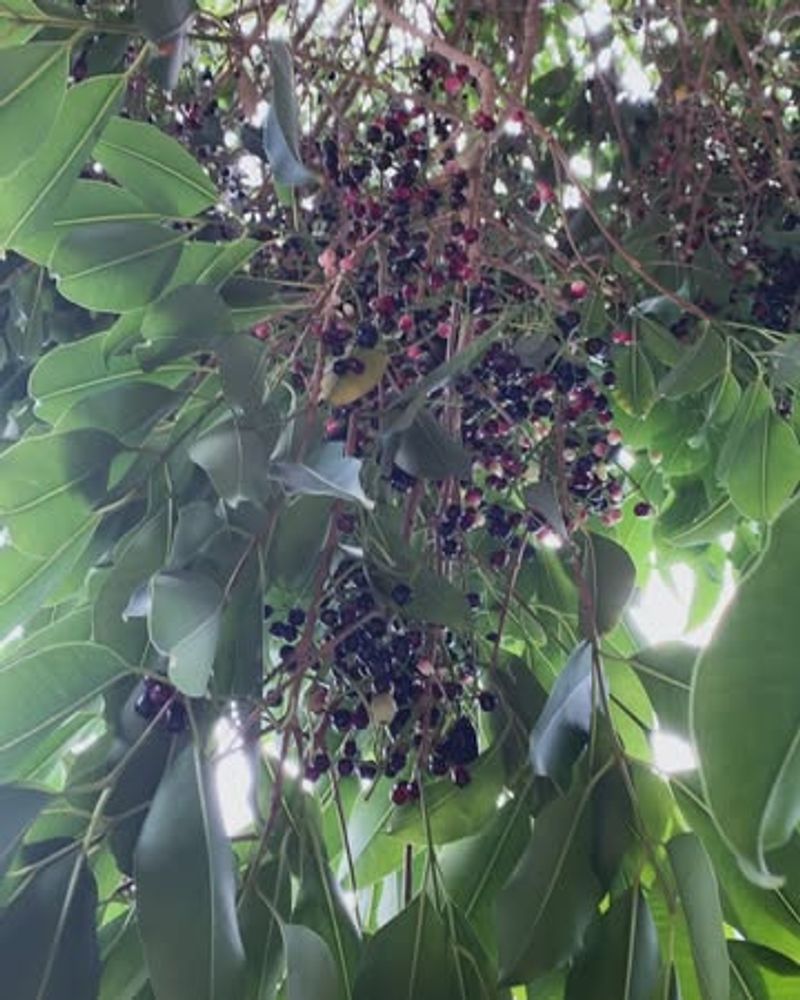Florida has a wild mix of trees, but a few of them can cause way bigger trouble than most people expect. I was surprised myself when I first learned that some species can actually lead to fines if they aren’t handled in time.
They spread fast, create safety issues, or mess with the local ecosystem, and that’s why the state keeps such a close eye on them. Here are the ones that deserve a quick look before they cause problems.
1. Brazilian Pepper Tree
Bright red berries might look festive, but this tree causes massive environmental damage across Florida. Originally brought as an ornamental plant, it now chokes out native vegetation and creates dense thickets that wildlife can’t use.
Property owners throughout Florida must remove these trees when authorities identify them. The berries spread quickly through birds, making control difficult once established.
Removal costs less than the fines you’ll face for ignoring removal orders in many Florida counties.
2. Melaleuca Tree
Australian in origin, this water-guzzling giant transforms Florida wetlands into dry forests. Each tree drinks enormous amounts of water daily, lowering water tables and destroying habitats for native species like wading birds and alligators.
Florida law classifies melaleuca as a noxious weed requiring mandatory removal. Counties actively enforce removal notices, especially near protected wetland areas.
Professional removal services know how to handle these aggressive spreaders properly and prevent regrowth.
3. Australian Pine
Despite its name, this isn’t actually a pine at all but an invasive casuarina from Australia. Coastal communities in Florida battle these trees constantly because they destabilize beaches and prevent sea turtle nesting.
Strong winds easily topple their shallow roots, creating dangerous situations during Florida’s hurricane season. Beaches need native vegetation to stay healthy and support wildlife.
Many Florida municipalities issue removal orders and fines for property owners who don’t comply promptly.
4. Chinese Tallow Tree
Sometimes called the popcorn tree because of its white waxy seeds, this pretty invader spreads like wildfire through Florida landscapes. A single tree produces thousands of seeds annually, and they germinate easily in disturbed soil.
Livestock and wildlife avoid eating near these trees because the foliage contains toxins. Florida agricultural areas suffer significant losses when these trees take over pastureland.
Removal orders come with deadlines, and missing them results in escalating fines for Florida landowners.
5. Bishopwood Tree
Originally planted for shade in Florida neighborhoods, bishopwood now invades natural areas with alarming speed. Its dense canopy blocks sunlight completely, preventing any understory plants from surviving beneath it.
Birds spread the small fruits everywhere, creating seedlings in parks, preserves, and residential yards throughout central and southern Florida. Local environmental agencies track these trees and issue removal requirements.
Ignoring notices leads to fines that increase with each inspection cycle in most Florida jurisdictions.
6. Carrotwood Tree
With its attractive glossy leaves and orange seed capsules, carrotwood seems harmless but ranks among Florida’s worst invasive trees. Seeds remain viable in soil for years, making eradication challenging once established in an area.
Florida’s warm climate provides perfect growing conditions, allowing rapid spread into natural hammocks and coastal areas. Wildlife management areas suffer when these trees displace native food sources.
Property owners receive official notices requiring removal, backed by substantial fines for non-compliance throughout Florida.
7. Paper Mulberry
Rough, sandpapery leaves distinguish this aggressive spreader that takes over disturbed sites throughout Florida. Root suckers create dense colonies that nothing else can penetrate, destroying natural plant diversity.
Pollen from paper mulberry causes severe allergies for many Florida residents during spring months. Environmental managers consider it a serious threat to native forest communities.
Counties issue removal requirements with specific deadlines, and Florida homeowners face penalties for allowing these trees to remain on their property.
8. Punk Tree
Spongy bark that was once used as tinder gives this tree its common name, but there’s nothing fun about its invasion of Florida wetlands. Closely related to melaleuca, it shares the same water-draining characteristics that harm aquatic ecosystems.
Seeds spread through water and wind, colonizing pristine areas rapidly across southern Florida. State regulations require property owners to eliminate these trees.
Enforcement agencies in Florida conduct regular inspections and levy fines against landowners who ignore removal mandates.
9. Earleaf Acacia
Ear-shaped leaves make identification easy, but removal proves difficult due to thorny branches and persistent root systems. Originally introduced for erosion control, it now invades pastures and natural areas throughout Florida.
Cattle and horses can’t graze where these trees establish dense stands with dangerous thorns. Agricultural counties in Florida actively pursue removal to protect farming operations.
Landowners receive citations and accumulating fines when they fail to clear earleaf acacia from their Florida properties promptly.
10. Java Plum
Purple-black fruits might seem appealing, but this tree’s aggressive growth pattern threatens Florida’s native plant communities. Birds eat the fruits and deposit seeds everywhere, creating new infestations in hammocks and along waterways.
Dense shade beneath mature trees prevents native seedlings from establishing, reducing biodiversity in Florida forests. Environmental authorities classify it as requiring management and removal.
Florida property owners who don’t respond to removal notices face increasing fines and possible legal action from municipalities.
11. Mimosa Tree
Fluffy pink flowers look beautiful, but this tree’s rapid spread makes it unwelcome in many Florida communities. Thousands of seeds per tree ensure quick colonization of disturbed areas, roadsides, and forest edges.
Short-lived and weak-wooded, mimosas break easily during storms common to Florida, creating hazards and cleanup costs. Several counties classify them as nuisance species requiring removal.
Florida homeowners who ignore removal orders discover that fines increase substantially with each inspection cycle and delayed compliance.

